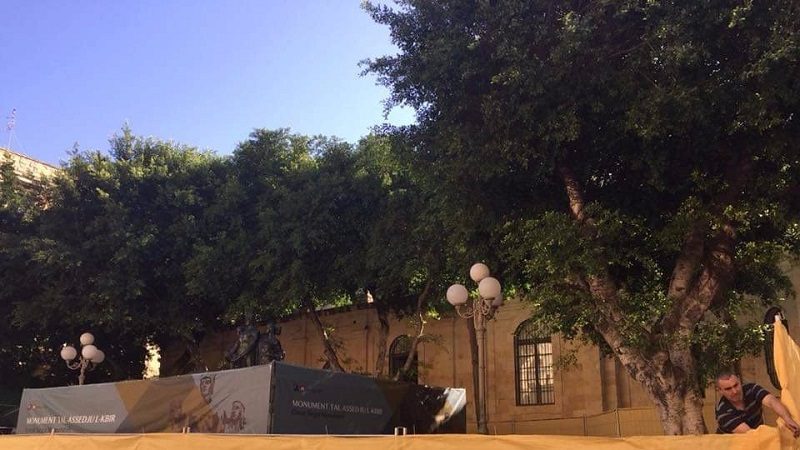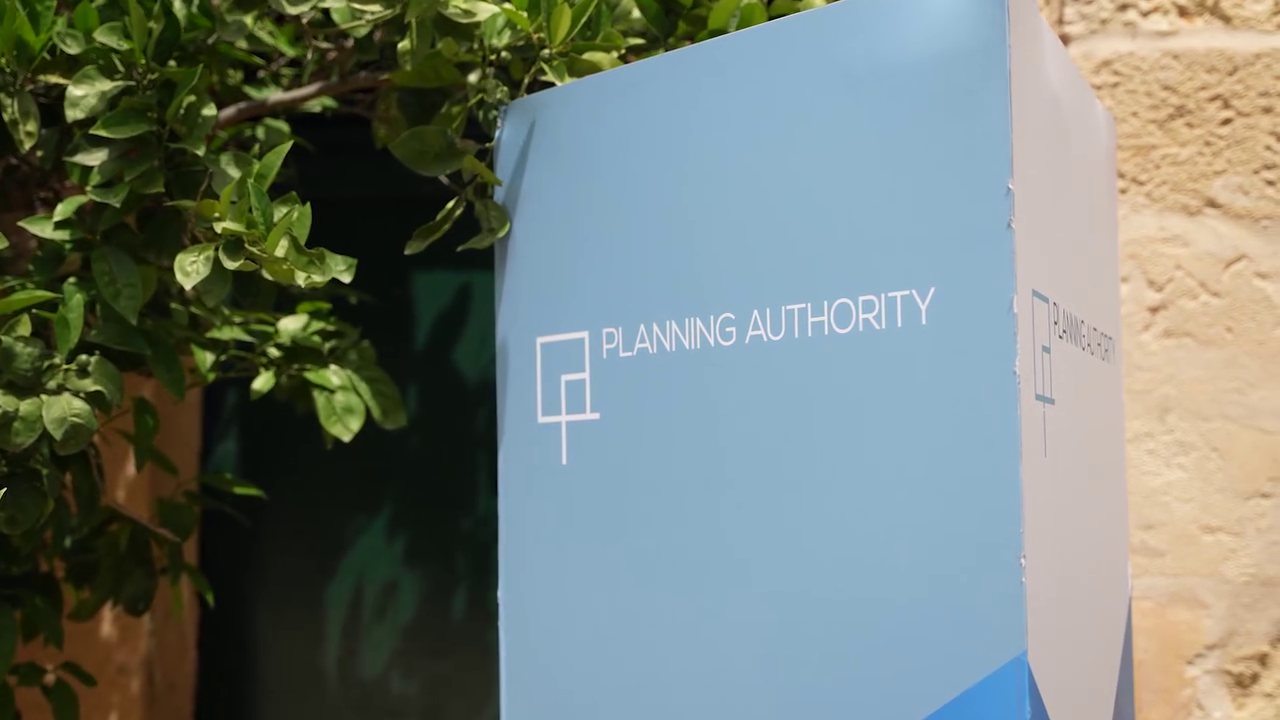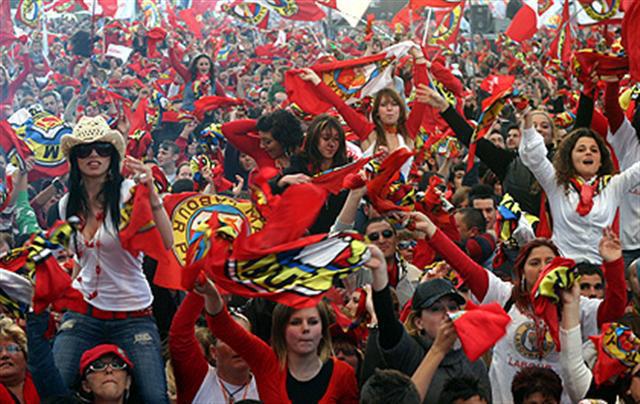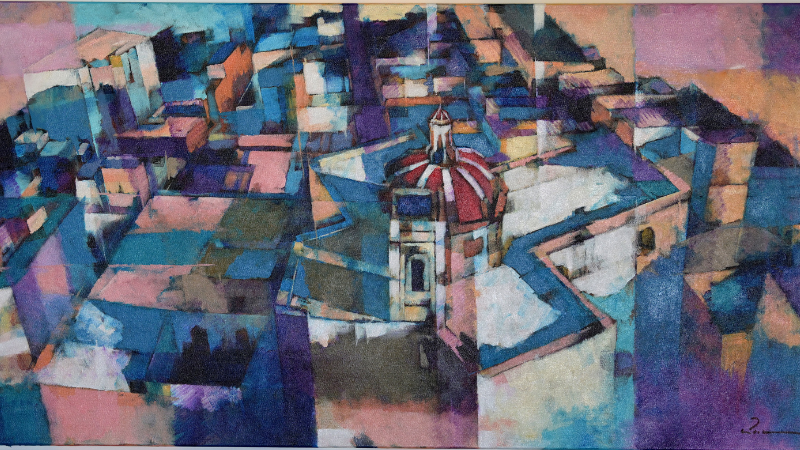The barricade surrounding the Great Siege monument that served as a protest memorial site for assassinated journalist Daphne Caruana Galizia has been extended as the government has now set up an iron fence covered in yellow fabric all around the square.
Activists and citizens have continued to place flowers and candles at the site on almost a daily basis despite the wall blocking access to the public monument. Each time, the tributes placed to commemorate the slain journalist and to demand justice following her assassination have been removed.
Government workers have been documented removing the flowers, candles and messages in the dead of night.
Justice and Culture Minister Owen Bonnici had said the monument was closed off “for restoration purposes” although the move was widely seen as the government’s latest attempt to put a halt to the site being used for memorials and protests.
The government faced harsh criticism by international press freedom organisations on a mission in Malta to mark the one year anniversary since Caruana Galizia’s assassination. Flowers placed at the protest memorial site by representatives of Reporters Without Borders, the International Press Institute, PEN International, the Committee to Protect Journalists (CPJ) and European Centre for Press and Media Freedom (ECPMF) were all removed – twice.
The NGOs raised concerns about the repeated destruction of the protest memorial to Caruana Galizia in front of the Great Siege monument. “It is of particular concern that public officials continue to publicly denigrate Caruana Galizia’s legacy. The vilification campaigns by authorities, including by members of the Office of the Prime Minister and the Chair of Valletta 2018, against Caruana Galizia, both before and after her death are deeply disturbing.”
The Maltese government was not living up to its obligation to guarantee freedom of expression, the international press freedom organisations warned.












